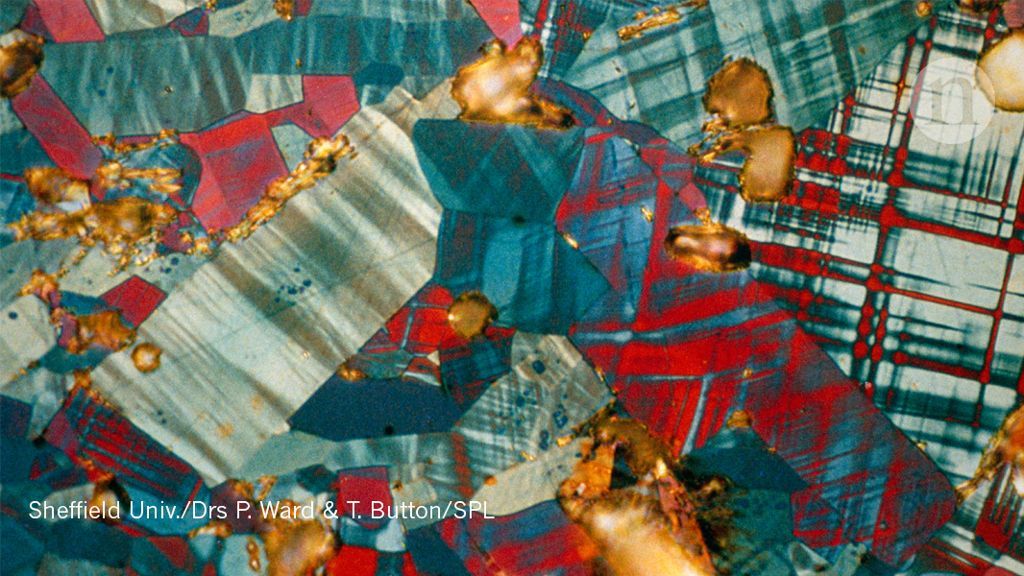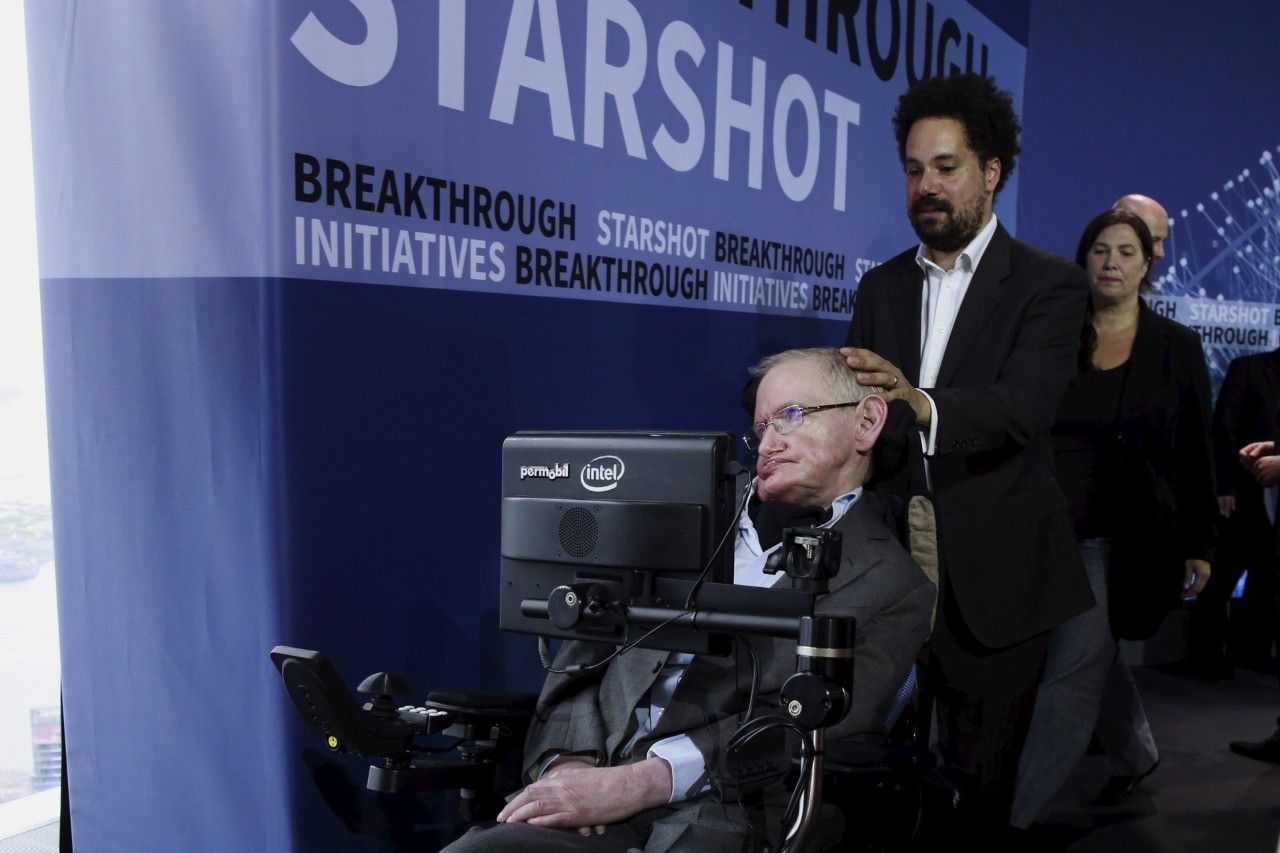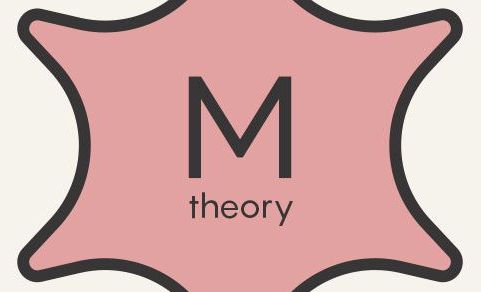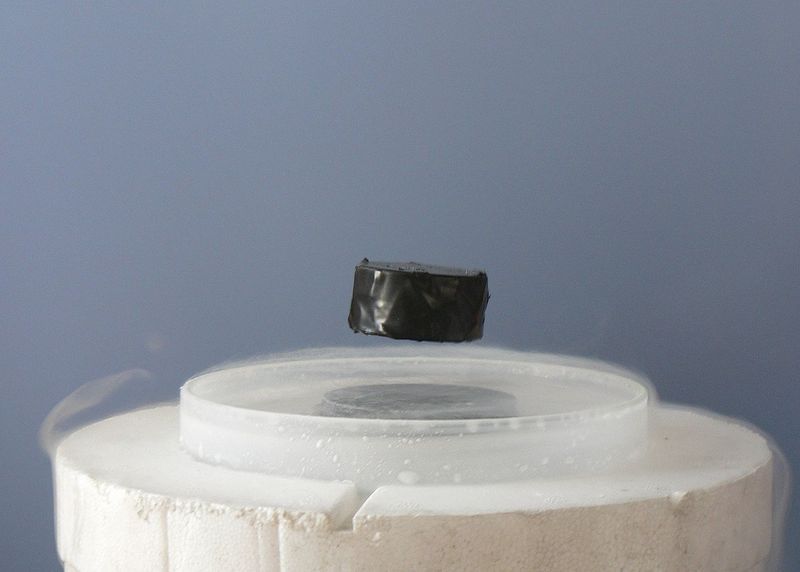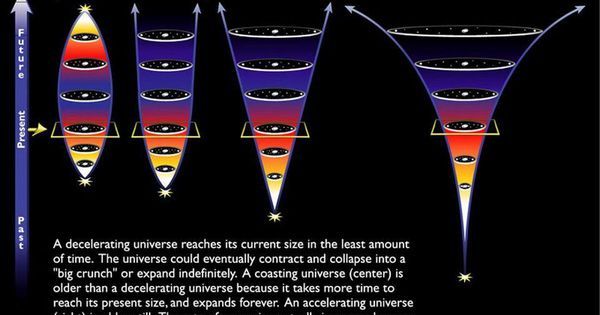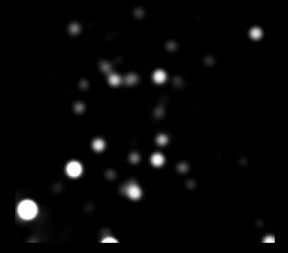Archive for the ‘cosmology’ category: Page 352
Sep 17, 2018
Stephen Hawking’s ‘ghosts’ may have been found
Posted by Genevieve Klien in category: cosmology
All the evidence shows our universe emerged from a single event: an eruption commonly known as the Big Bang.
What preceded that point is a mystery.
But it has significant implications.
Continue reading “Stephen Hawking’s ‘ghosts’ may have been found” »
Sep 16, 2018
Why Is M-Theory the Leading Candidate for Theory of Everything?
Posted by Genevieve Klien in categories: cosmology, particle physics, quantum physics
It’s not easy being a “theory of everything.” A TOE has the very tough job of fitting gravity into the quantum laws of nature in such a way that, on large scales, gravity looks like curves in the fabric of space-time, as Albert Einstein described in his general theory of relativity. Somehow, space-time curvature emerges as the collective effect of quantized units of gravitational energy — particles known as gravitons. But naive attempts to calculate how gravitons interact result in nonsensical infinities, indicating the need for a deeper understanding of gravity.
String theory (or, more technically, M-theory) is often described as the leading candidate for the theory of everything in our universe. But there’s no empirical evidence for it, or for any alternative ideas about how gravity might unify with the rest of the fundamental forces. Why, then, is string/M-theory given the edge over the others?
The theory famously posits that gravitons, as well as electrons, photons and everything else, are not point-particles but rather imperceptibly tiny ribbons of energy, or “strings,” that vibrate in different ways. Interest in string theory soared in the mid-1980s, when physicists realized that it gave mathematically consistent descriptions of quantized gravity. But the five known versions of string theory were all “perturbative,” meaning they broke down in some regimes. Theorists could calculate what happens when two graviton strings collide at high energies, but not when there’s a confluence of gravitons extreme enough to form a black hole.
Continue reading “Why Is M-Theory the Leading Candidate for Theory of Everything?” »
Sep 16, 2018
The “Dark Matter” of Bizarre Superconductors
Posted by Genevieve Klien in categories: cosmology, information science, quantum physics, robotics/AI
Machine-learning algorithms are helping to unravel the quantum behaviour of a type of superconductor that has baffled physicists for decades.
Researchers used artificial intelligence to spot hidden order in images of a bizarre state in high-temperature superconductors.

In the over two-decades-long search for dark matter, scientists so far have come up short. In recent years though, construction of new experiments and upgrades to already existing detectors are giving new hope that we’re closer than ever to understanding dark matter.
One of those new efforts is SABRE, an international collaboration that will house multiple detectors working in tandem in the southern and northern hemispheres: two at Italy’s Gran Sasso National Laboratory, and another at an underground lab in an Australian gold mine.
The dust is settling on the Red Planet. Is the remaining Mars Exploration Rover about to rise and shine after three months of slumber? MER Project Manager John Callas returns with a realistic yet hopeful assessment. He also tells us what Opportunity will be asked to do after we hear from her. Planetary Society Senior Editor Emily Lakdawalla returns with a preview of China’s next two missions to the Moon, one of which will make the first-ever farside landing. How close is the nearest black hole? We’ll get the answer as Bruce and Mat explore the night sky in this week’s What’s Up.
Sep 11, 2018
This Is Why Dark Energy Must Exist, Despite Recent Reports To The Contrary
Posted by Genevieve Klien in category: cosmology
Sep 10, 2018
Galaxy Punches Through Neighbor to Spawn Giant Ring of Black Holes
Posted by Genevieve Klien in category: cosmology
New observations from NASA’s Chandra X-ray Observatory reveal a very bright source of X-rays that is likely powered by either a ring of stellar-mass black holes or neutron stars located 300 million light-years from Earth.
Sep 9, 2018
Taking the First Picture of a Black Hole
Posted by Genevieve Klien in category: cosmology
Sep 6, 2018
Scientist Passed Over for Nobel Wins $3M, Donates It
Posted by Genevieve Klien in categories: cosmology, physics
Jocelyn Bell Burnell was a PhD student at Cambridge University some five decades ago when she made an astronomical discovery while reviewing data from a radio telescope: faint, repeating pulses of radio waves.
These signals came to be known as pulsars, a type of neutron star described by Scientific American as “a city-sized collapsed core of a massive sun that is made of degenerate matter and throws off lighthouse-like beams of radio waves.” The discovery was a leap forward: It pointed to the existence of black holes, provided evidence for gravitational waves, and much more.
It also yielded a 1974 Nobel Prize—but not for Bell Burnell. Instead, the prize went to Antony Hewish, Bell Burnell’s PhD supervisor, the Guardian reports.
Continue reading “Scientist Passed Over for Nobel Wins $3M, Donates It” »
